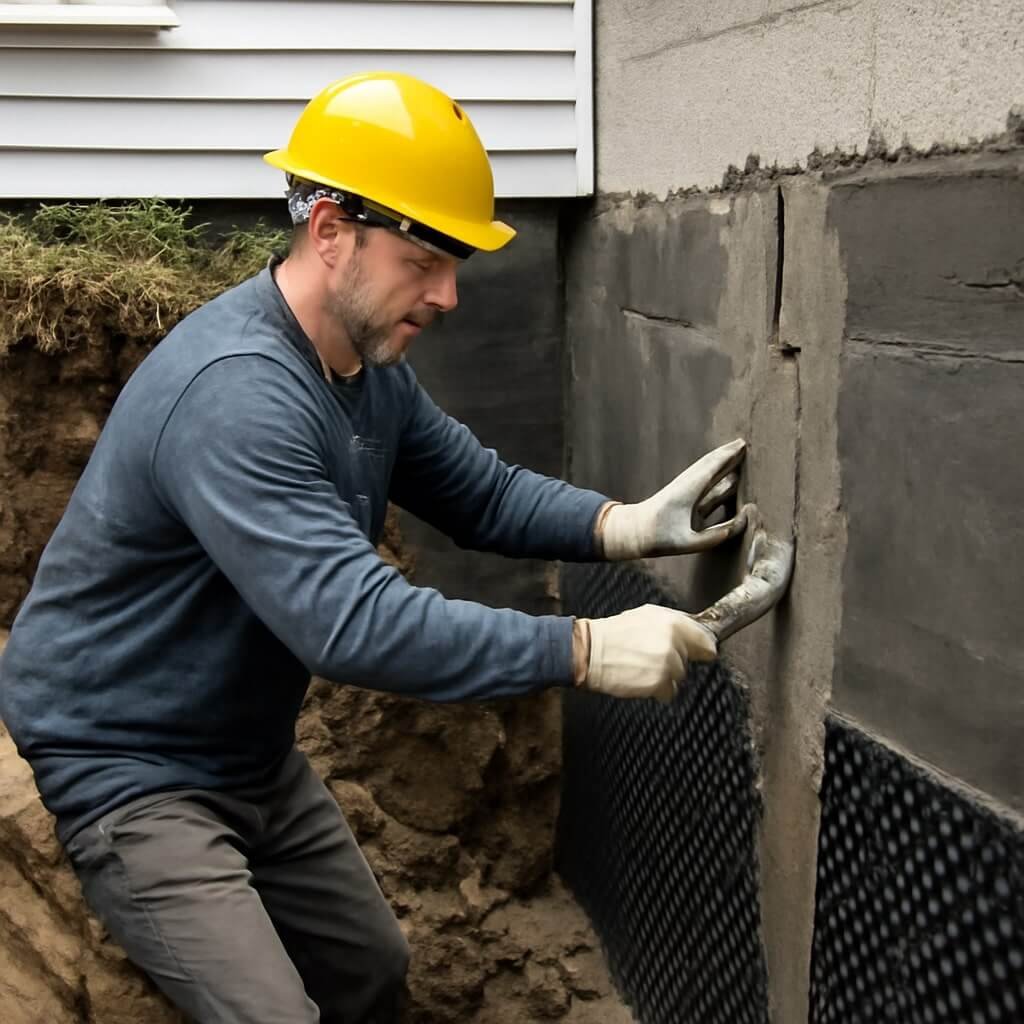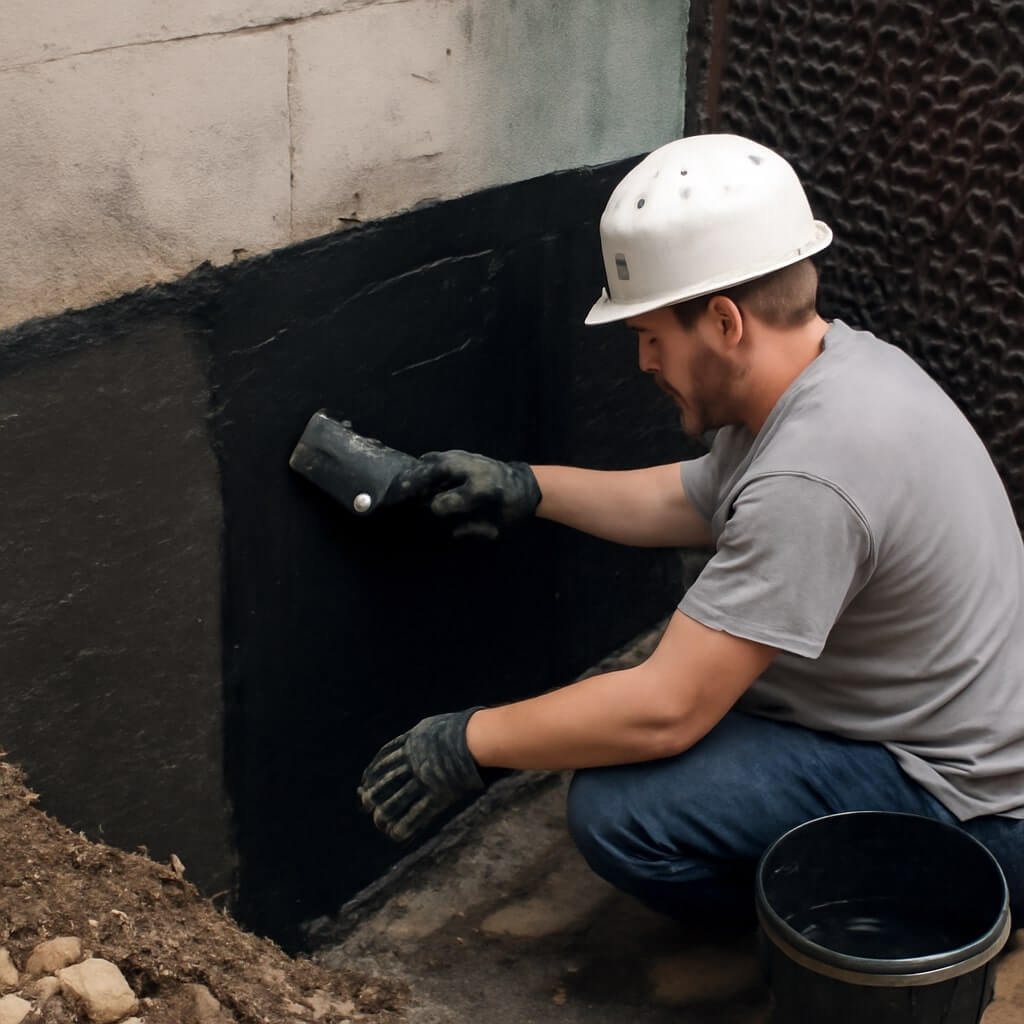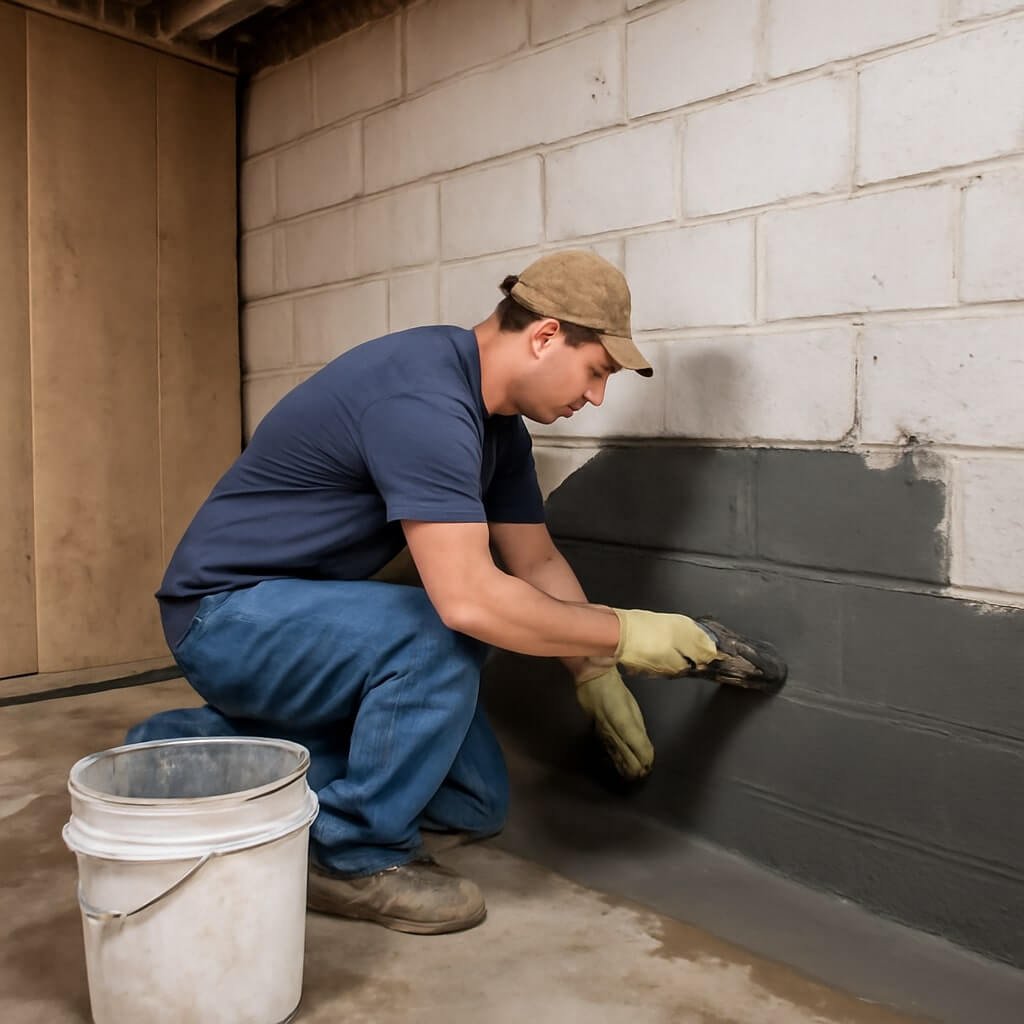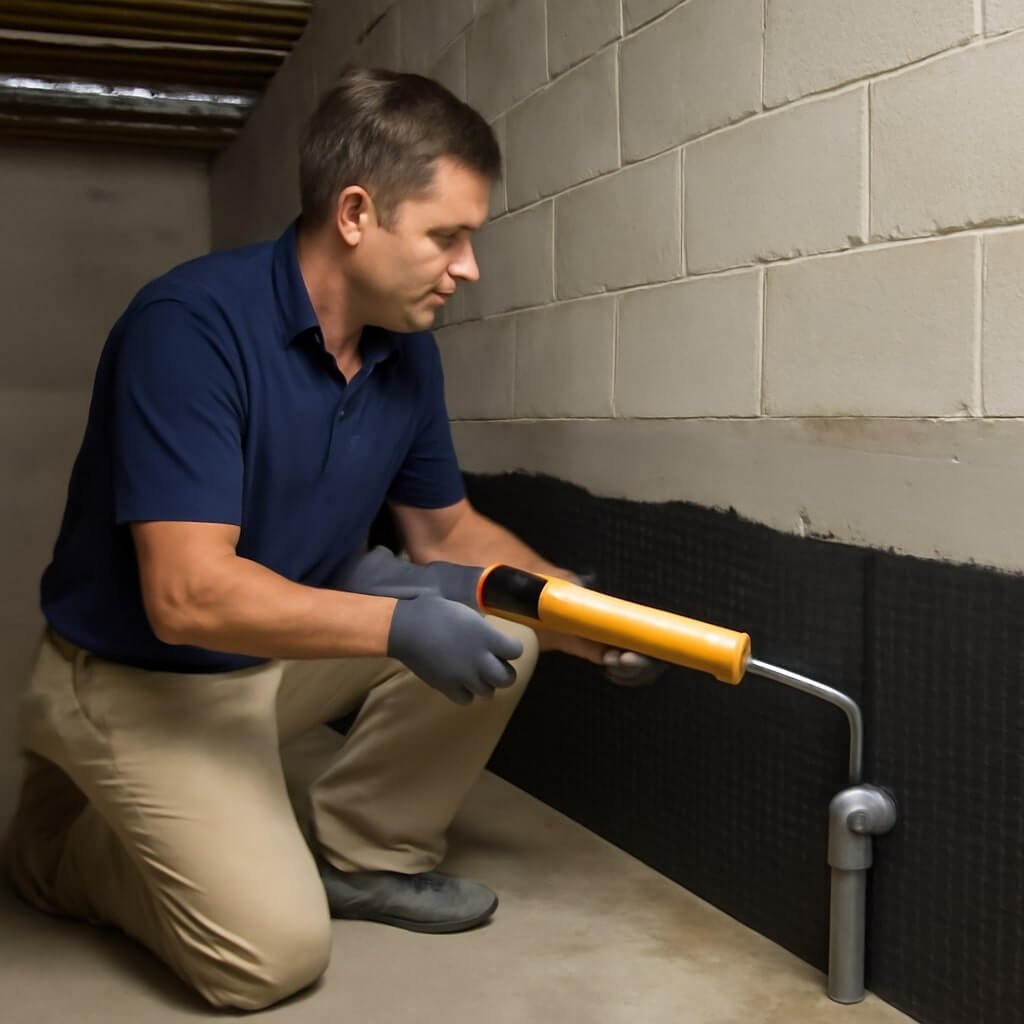If you’re a homeowner, you know the value of protecting your home from water damage and structural issues. Basement waterproofing and foundation repair are two essential strategies to safeguard your property’s integrity. Water intrusion can cause mold growth, weaken your foundation, and lead to costly repairs if ignored. Similarly, foundation problems can jeopardize the safety and value of your home. This article explores the best basement waterproofing and foundation repair solutions, providing you with 12 powerful strategies to keep your home dry, safe, and sound.
Understanding Basement Waterproofing
Common Causes of Basement Water Intrusion
Basement leaks happen for several reasons. Poor drainage around the foundation, cracked walls, hydrostatic pressure pushing water through, and faulty gutters can all cause water to seep inside. Soil that holds too much moisture or improper grading around the home can exacerbate the problem. Understanding these causes is the first step toward effective waterproofing.
Types of Basement Waterproofing Methods
There are two main waterproofing approaches: interior and exterior. Exterior waterproofing usually involves digging around the foundation, applying waterproof membranes, and installing drainage systems like French drains. Interior methods include sump pumps, interior drainage tiles, and sealants applied to walls and floors. Often, a combination of both approaches is the most effective.
The Importance of Foundation Repair
Signs You Need Foundation Repair
Foundation issues don’t always announce themselves loudly, but early signs are easy to spot if you know what to look for. Cracks in basement walls or floors, doors and windows that stick, uneven floors, and gaps around window frames are red flags. Ignoring these symptoms can lead to severe structural damage.
Common Foundation Problems
Foundations can suffer from settling, shifting, bowing walls, or cracking due to soil movement, water damage, or poor construction. Each problem requires a tailored repair approach to ensure the building’s long-term stability.
Top 12 Basement Waterproofing and Foundation Repair Solutions
1. Exterior Drainage Solutions
Proper drainage is the cornerstone of basement waterproofing. French drains redirect water away from the foundation, while gutters and downspouts control roof runoff. Proper grading ensures water flows away from your home rather than pooling near it.
2. Interior Drainage Systems
Interior drainage involves installing sump pumps and drainage tiles to channel
3. Basement Wall Crack Repair
Cracks in basement walls can be sealed using epoxy injections or flexible sealants that prevent water penetration while accommodating slight movements in the foundation.
4. Foundation Crack Repair
Foundation cracks often need more robust repair methods, such as hydraulic cement or polyurethane foam injections that bond the concrete and stop water leaks.
5. Foundation Piering
When a foundation settles or sinks, steel piers or helical piers can be driven deep into stable soil layers to lift and stabilize the structure, preventing further damage.
6. Waterproof Coatings and Sealants
Applying waterproof coatings on foundation walls creates a moisture barrier. These membranes or sealants protect against water intrusion and reduce humidity in the basement.
7. Installing Vapor Barriers
Vapor barriers on basement floors block moisture vapor from rising through concrete slabs, reducing mold risk and improving indoor air quality.
8. Soil Stabilization
Soil movement is a common cause of foundation damage. Techniques like soil compaction, chemical stabilization, or adding gravel improve soil stability and support the foundation.
9. Basement Wall Reinforcement
Carbon fiber straps and wall anchors reinforce bowing or cracked basement walls, providing structural support without extensive reconstruction.
10. Grading and Landscaping
Landscaping around your home affects water flow. Proper grading slopes the soil away from your foundation, while plants and mulch can help absorb excess moisture.
11. Maintaining Gutters and Downspouts
Regular cleaning and maintenance prevent water overflow that could damage the foundation. Extending downspouts away from the house further reduces water pooling.
12. Regular Home Maintenance and Inspection
Routine inspections help catch issues early. Check for new cracks, monitor sump pump operation, and keep drainage systems clear to prevent costly repairs later.
Cost Considerations for Waterproofing and Foundation Repair
Costs vary widely based on the scope of work, materials, and labor. Exterior waterproofing tends to be pricier due to excavation needs, while interior solutions can be more affordable but may not address all water issues. Foundation repairs depend on the severity and method—piering is often the most costly but also the most durable.
Choosing the Right Contractor
Hiring a reputable contractor is crucial. Look for licensed professionals with strong reviews, insurance, and transparent quotes. Ask for references and ensure they use quality materials and offer warranties on their work.
FAQs About Basement Waterproofing and Foundation Repair
How long does basement waterproofing last?
With proper installation and maintenance, waterproofing can last 10-30 years, depending on materials and conditions.
Can I waterproof my basement myself?
Some minor tasks, like cleaning gutters,s can be DIY, but most waterproofing requires professional expertise.
What causes foundation cracks?
Soil movement, water damage, poor construction, and aging can all cause cracks.
Is foundation repair covered by homeowners’ insurance?
Generally, foundation damage due to neglect or normal wear isn’t covered, but damage from sudden events like floods might be.
How can I prevent mold growth in my basement?
Proper waterproofing, ventilation, and the use of vapor barriers help prevent mold.
When should I get a professional inspection?
If you notice signs of water damage or foundation issues, or every few years as preventative maintenance.
Conclusion: Protecting Your Home from Water and Structural Damage
Your home is one of your most valuable assets, and protecting it starts with a dry, stable foundation. By understanding the causes and solutions of basement water intrusion and foundation damage, you can take proactive steps to safeguard your property. From exterior drainage to foundation piering, the right combination of strategies will keep your basement dry and your foundation strong for years to come. Don’t wait for small problems to turn into expensive repairs — start protecting your home today.




